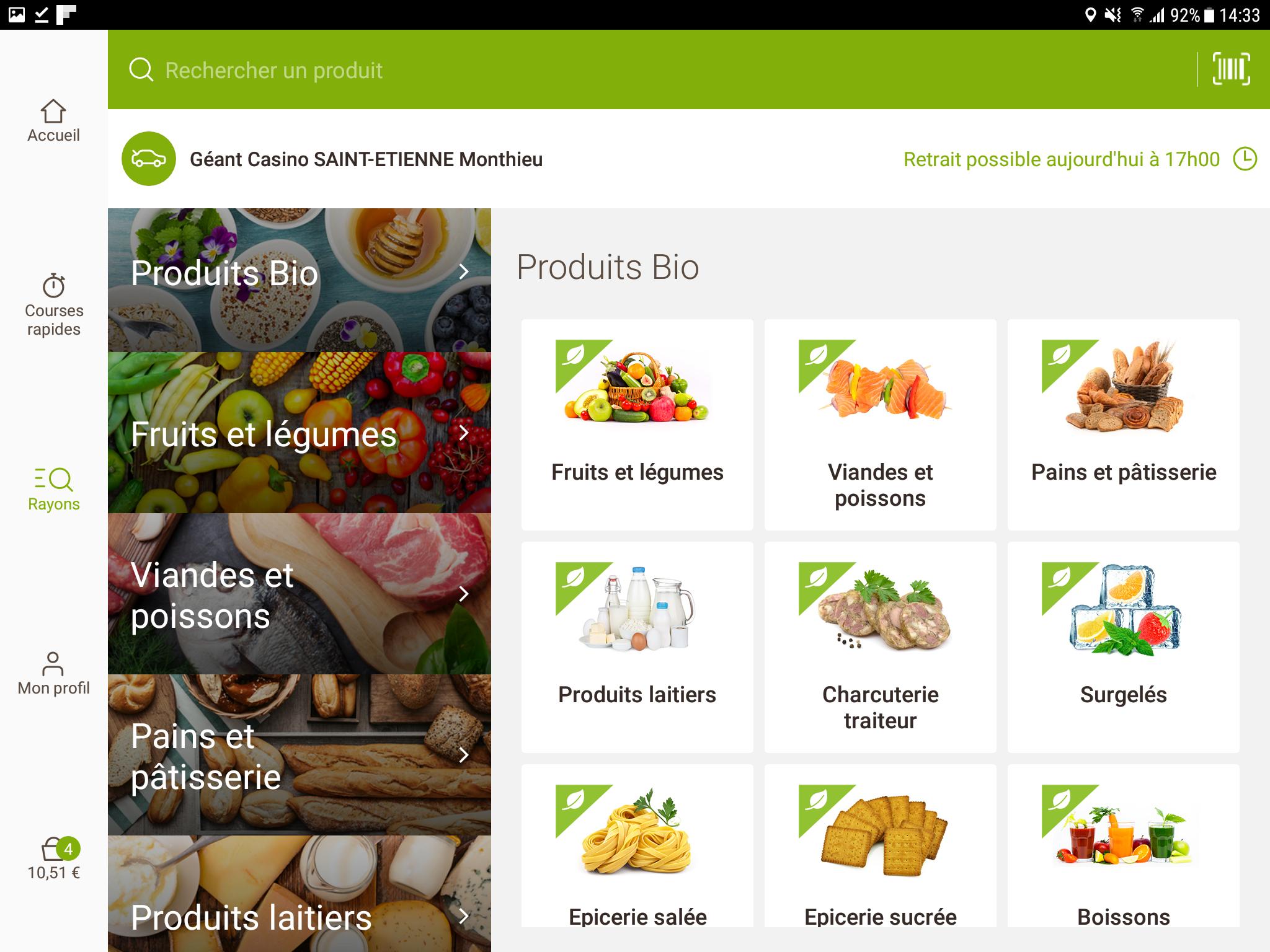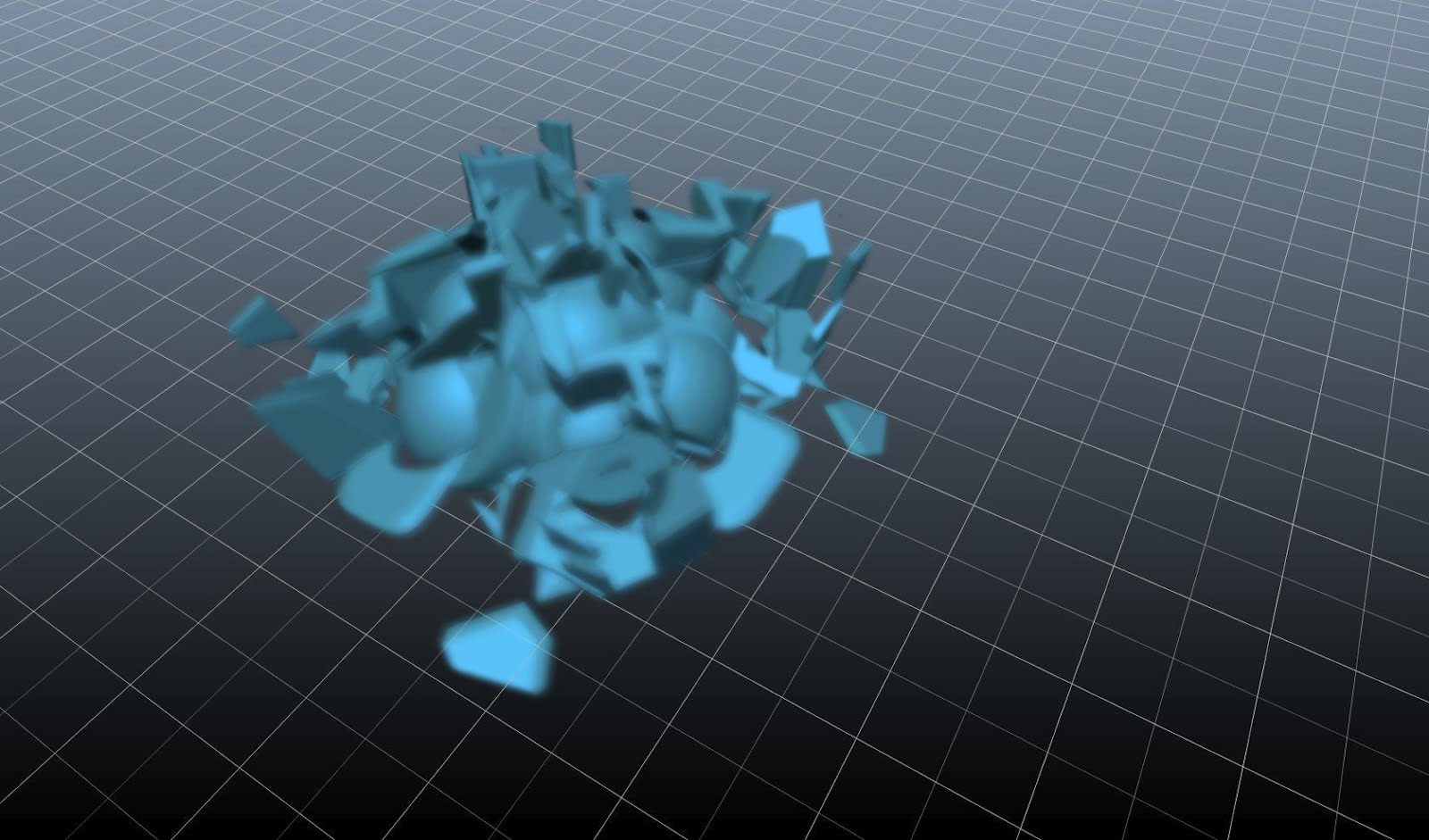Your Coupon Code for 200 spins to jumpstart in January 2021!
Enjoy the Casino Max Free Spins Offer and add 200 spins to your bankroll as a head start in a range of popular and rewarding slot machines such as Achilles or Caesar’s Empire. Grab your Promo Code and get informed about all important details here.

How do I get the 200 Casino Max Free Spins?
WELCOME OFFERS EVERYWHERE! Not only do we offer you up to $9,000 of free bets you also get 20 free spins, for 10 consecutive days. All you need to do is make a deposit, claim your daily free spins in the coupon section and away you go! The Casino games are faster, well-built and more solid, with excellent graphics and sound effects. By keeping the info that goes from your PC to the Casino servers, the Casino creates a better game which is a lot more exciting and quick.
To open a new account, use the instant play registration form or download the PC app and do the same.
You’ll be automatically transferred to the dashboard without a need to confirm or activate the account manually.
Make the qualified Free Spins Deposit of €20 using one of predefined payment processors such as Paysafecard or Visa (still without PayPal).
How do the 200 Casino Max Free Spins work?
- Make your first deposit starting from €20, which is the initial fee for the Casino Max Bonus too.
- Get a total of 200 spins when apply the Casino Max Free Spins Code.
- Play 20 free spins every day for the next 10 days. This looks pretty much as the Gunsbet Casino Free Spins deal.
- Roll over the winnings 35x.
- Withdrawals are capped at €200.
- The deal has no strict time limits regarding the wagering requirements.
Our conclusion of the 200 Casino Max Free Spins
Presuming you’re a player from an eligible country, you’ll be glad to claim a Promo Code for January 2021 and not only receive a sizeable number of spins but also to prolong the validity for the lifetime.
More interesting deals from other casinos
24VIPCasino Bonus: 200% up to $2.500 + 50 Free Spins -->
-->Displays the standard Open dialog box and gets a file name from the user without actually opening any files.

Syntax
expression.GetOpenFilename (FileFilter, FilterIndex, Title, ButtonText, MultiSelect)
expression A variable that represents an Application object.
Parameters
| Name | Required/Optional | Data type | Description |
|---|---|---|---|
| FileFilter | Optional | Variant | A string specifying file filtering criteria. |
| FilterIndex | Optional | Variant | Specifies the index numbers of the default file filtering criteria, from 1 to the number of filters specified in FileFilter. If this argument is omitted or greater than the number of filters present, the first file filter is used. |
| Title | Optional | Variant | Specifies the title of the dialog box. If this argument is omitted, the title is 'Open.' |
| ButtonText | Optional | Variant | Macintosh only. |
| MultiSelect | Optional | Variant | True to allow multiple file names to be selected. False to allow only one file name to be selected. The default value is False. |
Application Casino Max Et Driver
Return value
Variant
Remarks
This string passed in the FileFilter argument consists of pairs of file filter strings followed by the MS-DOS wildcard file filter specification, with each part and each pair separated by commas. Each separate pair is listed in the Files of type drop-down list box. For example, the following string specifies two file filters—text and addin:
Application Casino Max Et Drivers
'Text Files (*.txt),*.txt,Add-In Files (*.xla),*.xla'
To use multiple MS-DOS wildcard expressions for a single file filter type, separate the wildcard expressions with semicolons; for example: 'Visual Basic Files (*.bas; *.txt),*.bas;*.txt'.
If FileFilter is omitted, this argument defaults to 'All Files (*.*),*.*'.
This method returns the selected file name or the name entered by the user. The returned name may include a path specification. If MultiSelect is True, the return value is an array of the selected file names (even if only one file name is selected). Returns False if the user cancels the dialog box.
This method may change the current drive or folder.
Example
This example displays the Open dialog box, with the file filter set to text files. If the user chooses a file name, the code displays that file name in a message box.
Support and feedback
Have questions or feedback about Office VBA or this documentation? Please see Office VBA support and feedback for guidance about the ways you can receive support and provide feedback.
